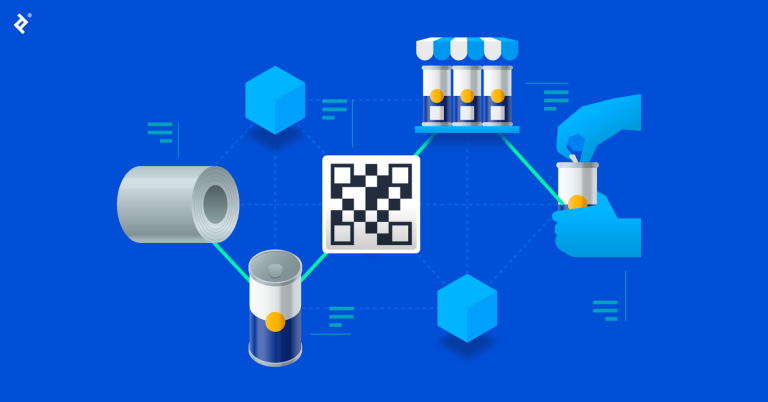The mining industry, long dependent on heavy machinery for extracting valuable resources, is undergoing a significant transformation. Excavators and haul trucks—two critical components of mining operations—have evolved considerably to meet the increasing demands of efficiency, productivity, and sustainability. This evolution, driven by technological advancements and shifting industry needs, is shaping the future of mining and paving the way for safer and more efficient operations.
A Historical Perspective
Excavators and haul trucks have been indispensable in mining for decades. Early mining relied on simple, manually operated machines that were labor-intensive and time-consuming. As the industry expanded, the need for faster, more powerful equipment grew. The introduction of hydraulic systems in the mid-20th century marked a turning point, allowing for greater digging power and control in excavators, while haul trucks were designed to carry heavier loads over longer distances.
However, as the scale of mining operations expanded and environmental and safety concerns gained prominence, the need for more advanced machinery became evident. This set the stage for the modern era of excavators and haul trucks, characterized by cutting-edge technologies and innovations.
Technological Advancements in Excavators
- Increased Power and Efficiency
Modern excavators are equipped with powerful engines and advanced hydraulic systems that deliver exceptional digging capabilities. These machines can handle larger volumes of material with greater precision, significantly reducing operational time. - Automation and Remote Operation
Autonomous and remotely operated excavators are becoming increasingly common in mining. Equipped with sensors, cameras, and GPS technology, these machines can operate with minimal human intervention, enhancing safety in hazardous environments such as open pits and underground mines. - Smart Systems and Data Analytics
IoT-enabled excavators collect and analyze data on factors like soil conditions, equipment performance, and fuel consumption. This data is used to optimize digging strategies, reduce wear and tear, and improve overall efficiency. - Eco-Friendly Designs
As the mining industry embraces sustainability, manufacturers are introducing electric and hybrid excavators that reduce emissions and fuel consumption. These machines not only meet environmental regulations but also lower operating costs over time.
Innovations in Haul Trucks
- High-Capacity Models
Modern haul trucks are engineered to carry massive payloads, with some models capable of transporting over 400 tons in a single trip. These trucks are designed with reinforced frames and advanced suspension systems to handle the immense weight and challenging terrains of mining sites. - Driverless Technology
Autonomous haul trucks, controlled by AI systems, are revolutionizing mining logistics. These trucks navigate mining sites using pre-programmed routes and real-time data, reducing accidents caused by human error and increasing operational efficiency. - Enhanced Fuel Efficiency
Manufacturers are incorporating fuel-saving technologies and alternative power sources, such as electric batteries and hydrogen fuel cells, into haul trucks. These innovations not only reduce carbon footprints but also address the rising cost of diesel fuel. - Smart Maintenance Systems
Advanced haul trucks are equipped with sensors that monitor components like tires, brakes, and engines. Predictive maintenance systems use this data to identify potential issues before they lead to costly breakdowns, minimizing downtime and repair expenses.
Addressing Industry Challenges
The evolution of excavators and haul trucks has not been without challenges. Mining operations often occur in remote areas with harsh environmental conditions, requiring equipment that can withstand extreme temperatures, dust, and vibrations. Furthermore, the rising costs of raw materials and energy necessitate machinery that is both durable and energy-efficient.
Another challenge lies in the integration of advanced technologies. While automation and AI offer significant benefits, they require substantial investment in infrastructure and training. Mining companies must also address concerns about cybersecurity, as connected machinery is vulnerable to hacking and data breaches.
The Road Ahead: A Sustainable Future
The next phase of evolution for excavators and haul trucks is expected to focus heavily on sustainability. Manufacturers are exploring new materials and designs that enhance energy efficiency and reduce the environmental impact of mining operations. Solid-state batteries, advanced recycling technologies, and the integration of renewable energy sources are all poised to play a role in the machinery of the future.
Additionally, the continued advancement of AI and machine learning will enable even greater levels of automation and operational efficiency. For instance, AI-powered systems could optimize entire fleets of excavators and haul trucks, synchronizing their activities to maximize productivity while minimizing energy use.
Conclusion
Excavators and haul trucks have come a long way from their rudimentary beginnings, evolving into sophisticated machines that meet the demands of modern mining. Through technological innovation, these machines are enhancing productivity, improving safety, and reducing environmental impact. As the mining industry continues to adapt to global challenges and opportunities, the evolution of excavators and haul trucks will remain at the forefront, shaping a more efficient and sustainable future for mining operations worldwide.



